Veronica L.
speedwell, brooklime, bird's eye, gypsyweed
Plantaginaceae
Bacopa, Bidens, Epilobium, Hypericum, Justicia, Lysimachia, Mentha, Mimulus
northern temperatetemperate:
(adj) of the climatic zone between boreal and tropical
 regions
regions
six species available either commercially or through hobbyists
Veronica americana Schwein. ex Benth
V. anagallis-aquatica L.
V. anagalloides Guss.
V. beccabunga L.
V. catenata Pennell
V. scutellata L.
temperatetemperate:
(adj) of the climatic zone between boreal and tropical
 regions worldwide
regions worldwide
may be a troublesome weed locally
small to medium, seasonally submergedsubmerged:
(adj) (syn. submersed) under water; submerged below the water surface
 to emergentemergent:
to emergentemergent:
(adj) (syn. emersed) with parts raised out of the water; extending up out of the water
 herb
herb
Rhizomatousrhizomatous:
(adj) possessing rhizomes
 or stoloniferous. Foliage and fruit glabrousglabrous:
or stoloniferous. Foliage and fruit glabrousglabrous:
(adj) without hairs or scales
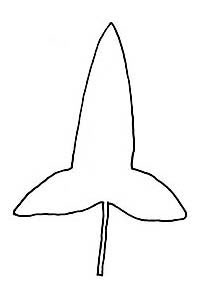 or with sparse capitatecapitate:
or with sparse capitatecapitate:
(adj) terminated by an enlarged and rounded head
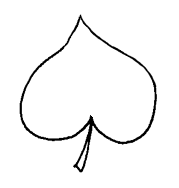 glandular hairs. Stems decumbentdecumbent:
glandular hairs. Stems decumbentdecumbent:
(adj) (of stems) having a portion lying along the ground, with upper parts erect or ascending
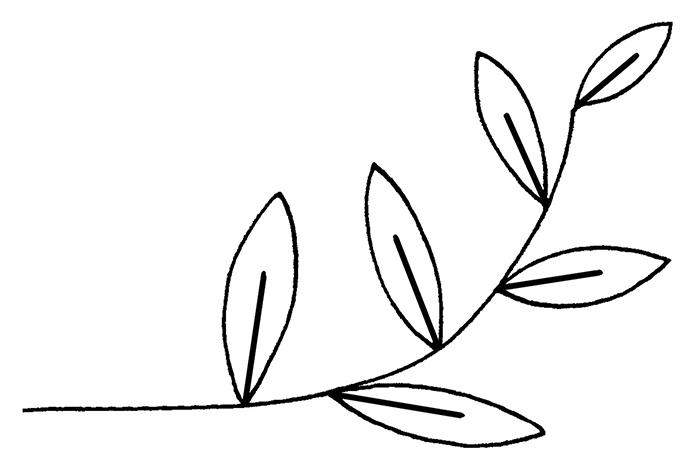 to erect, simple to many-branched, ± succulent, often rooting at lower nodes. Leaves oppositeopposite:
to erect, simple to many-branched, ± succulent, often rooting at lower nodes. Leaves oppositeopposite:
(adj) (of leaves) two leaves per node; in pairs on opposite sides of an axis
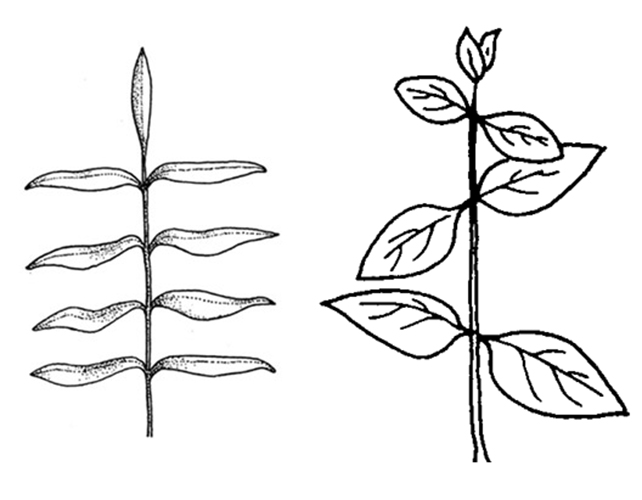 , decussatedecussate:
, decussatedecussate:
(adj) arranged along stem in pairs, with each pair at right angles to the pairs above and below
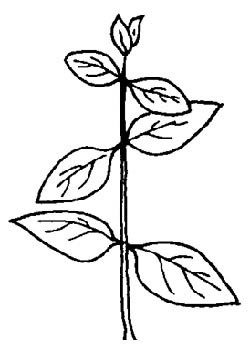 ; typically sessilesessile:
; typically sessilesessile:
(adj) attached directly, without a stalk
 , or shortly petiolatepetiolate:
, or shortly petiolatepetiolate:
(adj) relating to or in the form of a petiole; bearing petioles
 ; leaf bladeblade:
; leaf bladeblade:
(n) (syn. lamina) the flat, expanded part of a leaf, frond, or petal (excluding, e.g., the petiole)
 lanceolatelanceolate:
lanceolatelanceolate:
(adj) lance-shaped; widest point below the middle, tapering to the apex
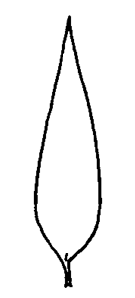 , ellipticelliptical:
, ellipticelliptical:
(adj) in the form of an ellipse (oval)
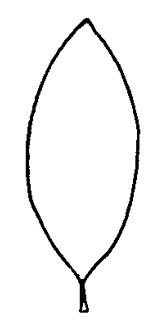 to ovateovate:
to ovateovate:
(adj) egg-shaped in outline; generally with the broad end at or near the base
 , oblongoblong:
, oblongoblong:
(adj) two to four times longer than wide, with +/- parallel sides
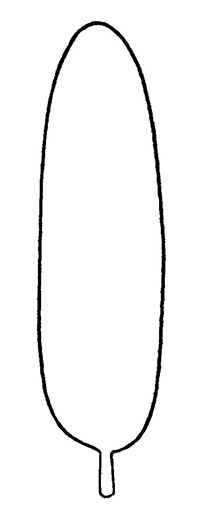 ; apexapex:
; apexapex:
(n) the point farthest from the point of attachment; the tip (often pointed)
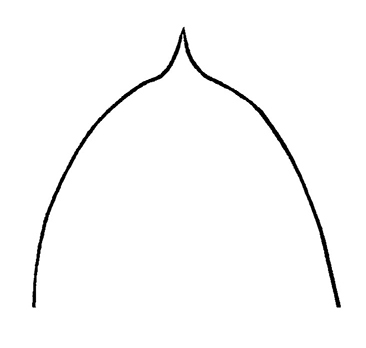 round to acuteacute:
round to acuteacute:
(adj) tapering to a sharp, pointed apex with more or less straight sides; broader than acuminate; forming an angle of less than 90 degrees
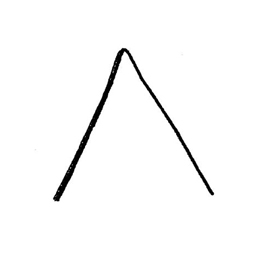 ; base ± lobedlobed:
; base ± lobedlobed:
(adj) divided into (usually rounded) segments
 or amplexi caulinecauline:
or amplexi caulinecauline:
(adj) pertaining to or belonging to the stem
 ; margins entireentire:
; margins entireentire:
(adj) having a continuous margin that is not toothed or lobed
 to serrateserrate:
to serrateserrate:
(adj) (of a leaf margin) bearing sharp teeth pointing forward or to the apex
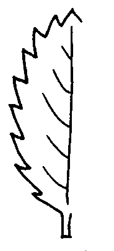 ; venationvenation:
; venationvenation:
(n) the arrangement of veins in a leaf
 pinnate. Inflorescenceinflorescence:
pinnate. Inflorescenceinflorescence:
(n) the arrangement of flowers on the floral axis
 an axillaryaxillary:
an axillaryaxillary:
(adj) in, of, or produced from an axil
 , occasionally terminalterminal:
, occasionally terminalterminal:
(adj) at the apex
 raceme bearing few to 50 flowers; pedicelspedicel:
raceme bearing few to 50 flowers; pedicelspedicel:
(n) the stalk of a single flower in an inflorescence, or of a grass spikelet
straight to spreading; bracts linear. Flowers actinomorphicactinomorphic:
(adj) of flowers, having radial symmetry; capable of being bisected into identifical halves along more than one axis
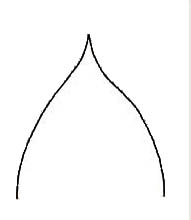 ; sepals 4, free, ovateovate:
; sepals 4, free, ovateovate:
(adj) egg-shaped in outline; generally with the broad end at or near the base
 to lanceolatelanceolate:
to lanceolatelanceolate:
(adj) lance-shaped; widest point below the middle, tapering to the apex
 ; corollacorolla:
; corollacorolla:
(n) the inner whorl(s) of the perianth; all the petals of a flower
 tube short, 4-lobed, lobes broadly ovateovate:
tube short, 4-lobed, lobes broadly ovateovate:
(adj) egg-shaped in outline; generally with the broad end at or near the base
 , slightly unequal in width; stamens 2; stigmastigma:
, slightly unequal in width; stamens 2; stigmastigma:
(n) the portion of the pistil that is receptive to pollen
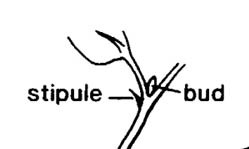 typically capitatecapitate:
typically capitatecapitate:
(adj) terminated by an enlarged and rounded head
 , or 2- lobedlobed:
, or 2- lobedlobed:
(adj) divided into (usually rounded) segments
 ; blue, purple, pink or white.
; blue, purple, pink or white.
wetlands; along margins of bodies of water, in wet meadows, swamps, stationary or slow-moving water
Veronica contains nearly 200 species. Aquatic species in the genus are mainly within section Beccabunga. Due to variations in local populations across its wide distribution, Veronica has an unstable taxonomic history; it was formerly placed in the family Scrophulariaceae.